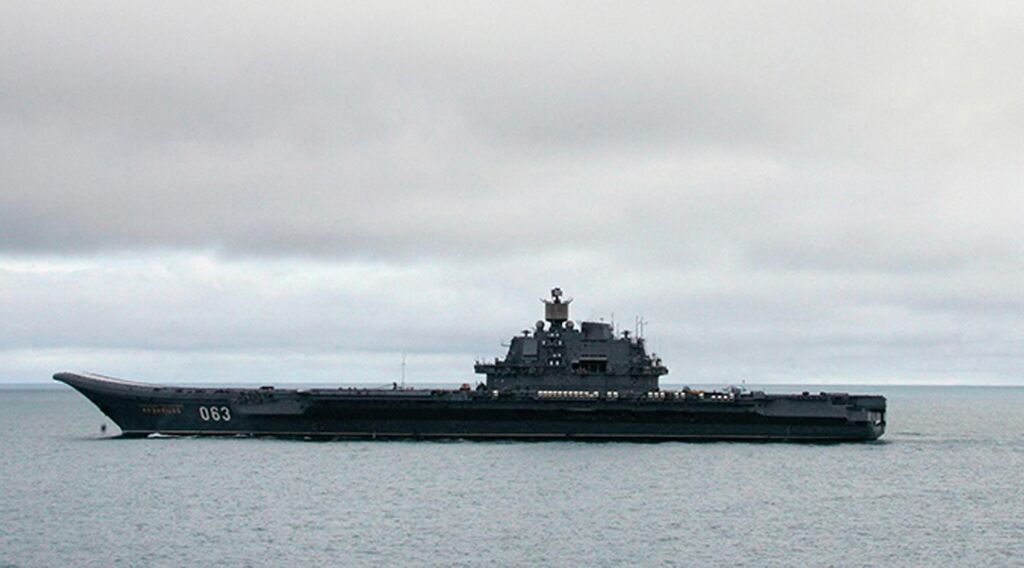
Russia Sends Largest Warship to Syria
Russian President Vladimir Putin is sending Russia’s largest warship to intervene in the Syrian civil war.
The Admiral Kuznetsov aircraft carrier, a 55,000-ton vessel, will be deployed from October until January. On board will be 30 jet fighters and attack helicopters to aid the Russian troops already in Syria.
The move is widely being hailed as Putin’s largest and final effort to drive the Islamic State out of Syria. While some see the move as an encouraging sign in the war against the Islamic State, the arrival of the Kuznetsov is fraught with ominous potential.
The Russian carrier will be joining two United States carriers currently undergoing missions in the Mediterranean: the Dwight D. Eisenhower and the Harry S. Truman. The heavy military traffic does not bode well for U.S.-Russia relations. It was only this week that Russian frigate Yaroslav Mudy passed dangerously close by uss San Jacinto. It was less than a fortnight prior that another U.S. destroyer had a close encounter with a different Russian frigate. U.S. officials have blasted the incidents as “highly provocative.”
Similar close encounters have occurred in the Baltic, where U.S. vessels have been buzzed by Russian jets.
With tensions between Washington and Moscow so high, the arrival of the Russian carrier will likely increase the strain in the relationship.
Putin’s plan once the warship arrives is also cause for concern. U.S. military officials strongly resent Russian action in Syria. In June, Russian warplanes bombed Pentagon-backed Syrian fighters, ignoring warnings from U.S. commanders. The Los Angeles Times referenced officials calling it “the most provocative act since Moscow’s air campaign in Syria began last year.”
When U.S. jets were scrambled and the military opened up emergency communications to call off the strike, the Russians withdrew. But no sooner had the U.S. jets flown home to refuel did the Russian Su-34 fighter-bombers return for another round.
“It’s an egregious act that must be explained,” stated one U.S. official. “The Russian government either doesn’t have control of its own forces or it was a deliberate provocative act. Either way, we’re looking for answers.”
In the past 10 months, nearly all of Russia’s bombs have fallen in or around the rebel city of Aleppo. Meanwhile, the Islamic State stronghold of Raqqa has been spared the blunt of the Kremlin’s bombs.
Many suspect Russia is using the Islamic State as an excuse. So long as the terrorists are in Syria, Russia has the means to bomb the “moderate” rebels, ensuring that when the Islamic State is finally vanquished, no force will remain to challenge Bashar Assad.
The Russian bear could crush the Islamic State if it chose to. Putin possesses the power of will to use his military—something that has been missing in the recent U.S. administrations. Common sense says that if Russia was honestly targeting the Islamic State, it would drop a bomb or two on the capital, Raqqa.
But that isn’t Putin’s plan. His current plan is to support Assad, meanwhile keeping his Mediterranean naval base secure. Beyond that, Russia no doubt intends to keep shaking loose the U.S. grip on the Middle East.
It puts the U.S. into a tough spot: confront the Russian bear, or ignore Russia’s thinly veiled attacks and allow Assad to regain his country.
If Putin is to continue his current policy in Syria, the arrival of his largest warship is less ominous for the Islamic State than it is the U.S. and its war-torn allies.
